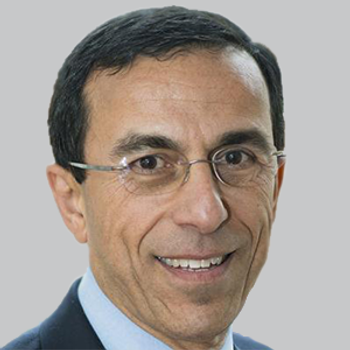
The medical director of the Jefferson Sleep Disorders Center at the Vickie and Jack Farber Institute for Neuroscience of Jefferson Health offered his insight into the current state of care for sleep and the progress made this year.

The medical director of the Jefferson Sleep Disorders Center at the Vickie and Jack Farber Institute for Neuroscience of Jefferson Health offered his insight into the current state of care for sleep and the progress made this year.
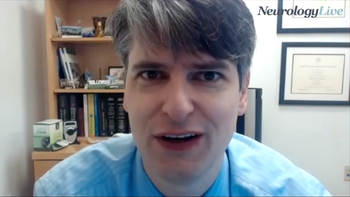
Discussing newer treatment options in the MS field, the staff neurologist in the Neurological Institute’s Mellen Center for Multiple Sclerosis Treatment and Research at Cleveland Clinic noted that patient preference can play a part in the decision-making process. [WATCH TIME: 3 minutes]

The study is the first and only to compare the 2 anticalcitonin gene-related peptide medicines for migraine preventive treatment.
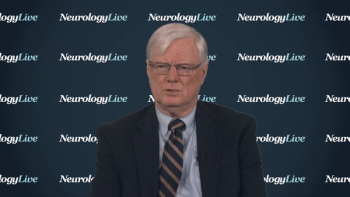
The director of the Sleep-Wake Disorders Center at Montefiore Medical Center provided knowledge on how the presence of other comorbid sleep disorders affects patients with insomnia. [WATCH TIME: 2 minutes]

The director of the Comprehensive Epilepsy Center at NYU Langone discussed the large-scale impact heart rate variability has on preventing SUDEP and the unanswered questions that remain.

The American Academy of Neurology’s statement touched on the roles played by the principles of beneficence, nonmaleficence, justice, and patient autonomy as it relates to the clinical use of the therapy for this patient population.

In cognitively impaired vs unimpaired patients, investigators found functional connectivity decreases in DMNa and DMNp and increases in the right and left frontoparietal networks.

The staff neurologist in the Neurological Institute’s Mellen Center for Multiple Sclerosis Treatment and Research at Cleveland Clinic discussed emerging treatments in the MS field. [WATCH TIME: 2 minutes]

A total of 77 patients randomized to either ATH-1017 or placebo will be evaluated for improvements in cognition, global, and functional assessments across a 26-week treatment period.
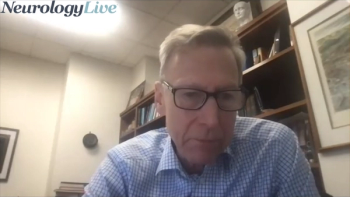
The director of the Comprehensive Epilepsy Center at NYU Langone discussed the necessary steps in validating and utilizing heart rate variability as a biomarker for SUDEP. [WATCH TIME: 3 minutes]

The risk of dementia was substantial and front-loaded following stroke, with the 1-year prevalence similar to the estimate for dementia at any time point. The findings indicate a need for greater engagement between stroke and dementia care.

Although headache and COVID-19 have been linked together in the literature, more studies are needed to better understand the pathophysiology of these headaches and to determine the best treatment options.

Reduced low-frequency power measured at rest was independently associated with an elevated SUDEP risk, presumably through arrhythmogenic mechanisms.

The director of the Mellen Center for MS Treatment and Research at Cleveland Clinic discussed when clinicians should anticipate new therapies to treat progressive MS. [WATCH TIME: 2 minutes]
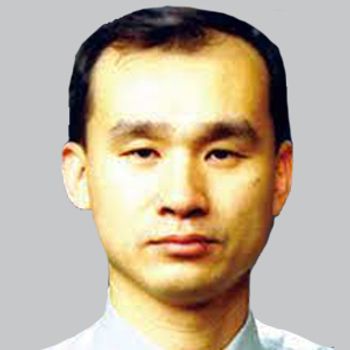
The optimal range of HbA1c between 6.8% and 7.0% at admission was estimated to have the minimum risk for composite vascular events and stroke recurrence, with notably different levels according to stroke subtype.
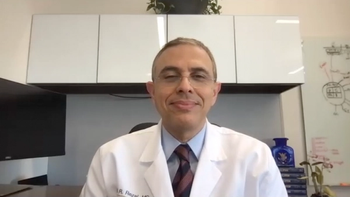
The executive chair of the Rockefeller Neuroscience Institute at West Virginia University discussed the potential of focused ultrasound for patients with AD, as well as key takeaways for clinicians from a recent study. [WATCH TIME: 5 minutes]

Here's what is coming soon to NeurologyLive®.

Although not associated with diagnosis, investigators did conclude that substantial/very severe impact of headache attacks and anxiety were correlated with presence of insomnia.
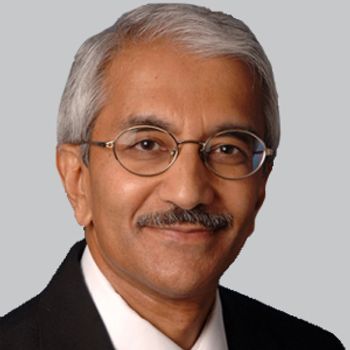
Despite not being significantly superior to placebo on agitation and aggression, lithium showed a greater reduction in those with high Young Mania Rating Scale scores.
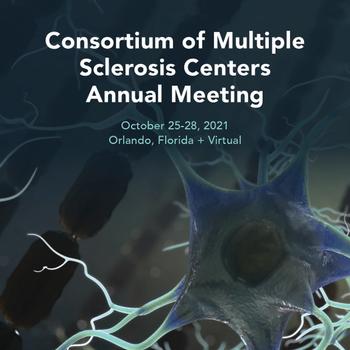
The NeurologyLive® team has compiled a roundup of our discussions with leaders in the multiple sclerosis field following the 2021 Annual Meeting of the Consortium of Multiple Sclerosis Centers (CMSC).
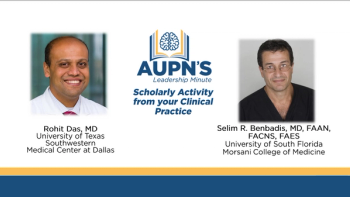
Episode 16 of the AUPN Leadership Minute features Rohit Das, MD, of UT Southwestern Medical Center; and Selim R. Benbadis, MD, FAAN, FACNS, FAES, University of South Florida Morsani College of Medicine. [WATCH TIME: 4 minutes]

Both fatigue and sleep quality were identified as potential risk factors linking sleep duration and self-rated health.
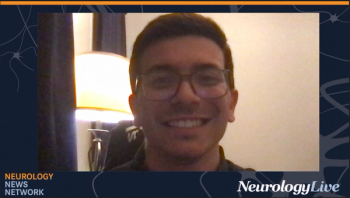
Neurology News Network for the week ending November 20, 2021.
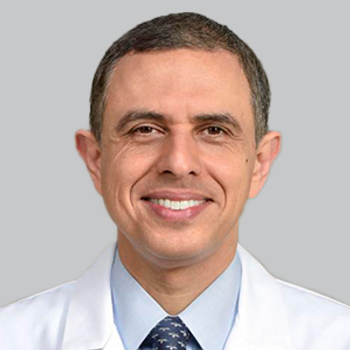
Ali Rezai, MD, executive chair at the Rockefeller Neuroscience Institute at West Virginia University, outlined early data from a clinical trial utilizing focused ultrasound to open the blood-brain barrier in patients with mild AD.

Take 5 minutes to catch up on NeurologyLive®'s highlights from the week ending November 19, 2021.

The executive chair of the Rockefeller Neuroscience Institute at West Virginia University spoke on how technology can be used to open the blood-brain barrier in patients with AD. [WATCH TIME: 7 minutes]
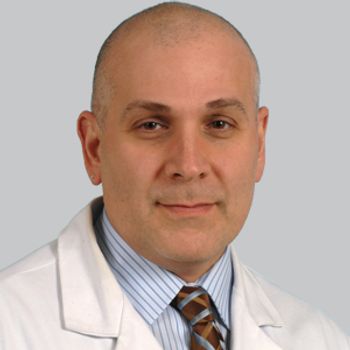
The magnitude of neflamapimod’s effect on several efficacy measures proved to be consistent with the mechanism of action and prior preclinical data, with p-tau181 data suggesting a stronger effect on nonmixed Lewy body pathology.
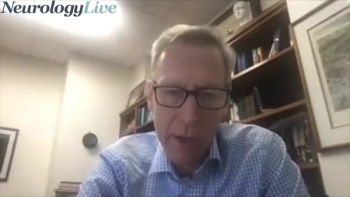
The director of the Comprehensive Epilepsy Center at NYU Langone provided insight on whether a newly discovered biomarker can play a role in the creation of modalities to detect SUDEP risk. [WATCH TIME: 3 minutes]

Mind Moments™, a podcast from NeurologyLive®, brings you an exclusive interview with Karl Doghramji, MD, FAASM, DFAPA.
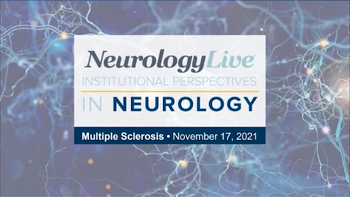
Chaired by Jennifer Graves, MD, PhD, MAS, the presentations also feature UC San Diego Health experts Jenelle Raynowska, MD; Jennifer Yang, MD; and Anastasie Dunn-Pirio, MD. [WATCH TIME: 1 hour, 23 minutes]